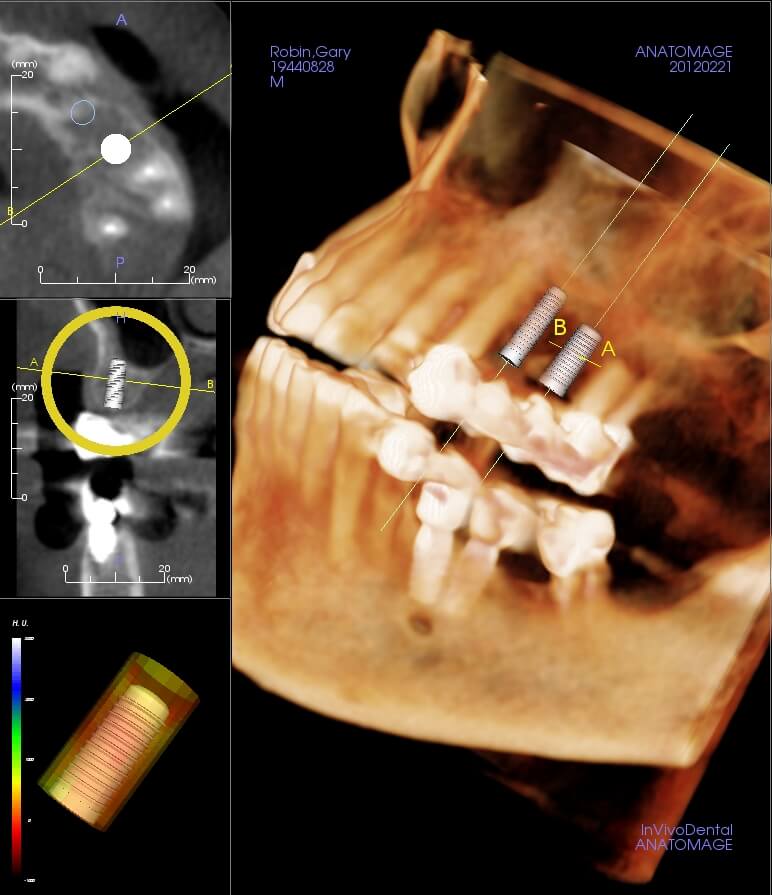Adult Growth of the Dental Arch
Successful restorative dentistry now hinges on an understanding that physiological changes occur over a lifetime. It’s detrimental to treat the dynamic relationship between dental occlusion and adjacent craniofacial structures as static.
We are all generally familiar with the fact that there is a significant change in facial profile (convex to straight) between adolescence and adulthood. Jaw growth usually ends between 17 and 20-ish years old, but 3-dimensional craniofacial skeletal growth and remodeling does not cease after adolescence.
It’s lifelong growth even though it’s slow. As a result, we can’t consider adult patients morphologically stable. This is actually a relatively new concept that we’ve become aware of because of implant dentistry.
So what does this mean for restorations? First, we need more information.
Physiological Changes and Restorative Dentistry: A Quick Overview
These adult growth changes can be seen in both a decrease and increase in the dimensions of the craniofacial skeleton. There is an increase in maxillary and mandibular anterior dentoalveolar heights.
We should also pay attention to vertical growth of the maxilla, which continues after transverse and sagittal growth end. It has been suggested that reductions seen in arch width, depth, and perimeter may be due to interstitial wear and mesial drift. The latter occurs because of an occlusal force stemming from root angulation, mesial eruption force and the direction of occlusal contact during chewing. It’s integral to consider tooth movement because it compensates for wear while maintaining interproximal contacts.
There are different patterns of growth in short-faced and long-faced people. Short-faced individuals have greater transverse maxillary growth. As they mature, their anterior teeth tip forward and enable mesial drift. This process occurs more vertically in long-faced people. Short-faced individuals experience upward buccal movement of the teeth, while long-faced individuals experience lingual movement and continual tooth eruption that supports a normal interarch relationship.
What we now know from recent research is that eruption after the tooth has reached occlusal contact is a compensatory response to occlusal wear. Eruption creates vertical growth if there is no occlusal wear.
A comprehensive understanding of the complex interplay between all of these changes in the dental arch is essential to restorative dentistry.
How do you keep up to date on the latest dental research? We’d love to hear your tips in the comments!
Related Course
E1: Aesthetic & Functional Treatment Planning
DATE: October 3 2024 @ 8:00 am - October 6 2024 @ 2:30 pmLocation: The Pankey Institute
CE HOURS: 39
Dentist Tuition: $ 6500
Single Occupancy Room with Ensuite Bath (Per Night): $ 290
Transform your experience of practicing dentistry, increase predictability, profitability and fulfillment. The Essentials Series is the Key, and Aesthetic and Functional Treatment Planning is where your journey begins. Following a system of…
Learn More>







